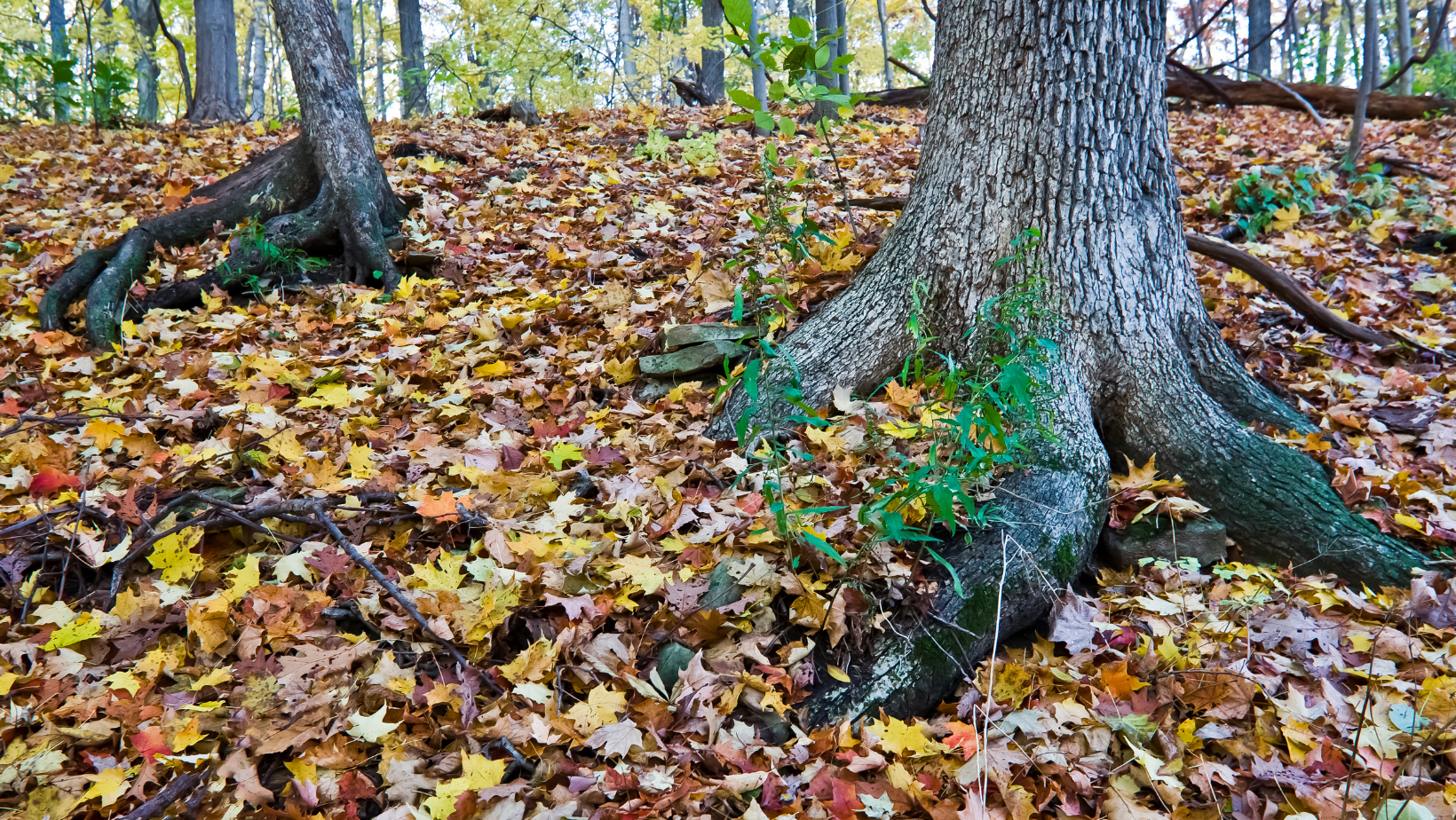Root Problems and Tree Decline
go.ncsu.edu/readext?829254
en Español / em Português
El inglés es el idioma de control de esta página. En la medida en que haya algún conflicto entre la traducción al inglés y la traducción, el inglés prevalece.
Al hacer clic en el enlace de traducción se activa un servicio de traducción gratuito para convertir la página al español. Al igual que con cualquier traducción por Internet, la conversión no es sensible al contexto y puede que no traduzca el texto en su significado original. NC State Extension no garantiza la exactitud del texto traducido. Por favor, tenga en cuenta que algunas aplicaciones y/o servicios pueden no funcionar como se espera cuando se traducen.
Português
Inglês é o idioma de controle desta página. Na medida que haja algum conflito entre o texto original em Inglês e a tradução, o Inglês prevalece.
Ao clicar no link de tradução, um serviço gratuito de tradução será ativado para converter a página para o Português. Como em qualquer tradução pela internet, a conversão não é sensivel ao contexto e pode não ocorrer a tradução para o significado orginal. O serviço de Extensão da Carolina do Norte (NC State Extension) não garante a exatidão do texto traduzido. Por favor, observe que algumas funções ou serviços podem não funcionar como esperado após a tradução.
English
English is the controlling language of this page. To the extent there is any conflict between the English text and the translation, English controls.
Clicking on the translation link activates a free translation service to convert the page to Spanish. As with any Internet translation, the conversion is not context-sensitive and may not translate the text to its original meaning. NC State Extension does not guarantee the accuracy of the translated text. Please note that some applications and/or services may not function as expected when translated.
Collapse ▲ Most urban tree declines that we see in the landscape is most likely related to root problems. Indicators of tree root problems are: crown die back, epicormic shoots and suckers, stunted twig growth, leaves too small and yellowing, and a heavier than usual crop of berries, cones, or nuts. Other indicators of tree decline can be: girdling roots, dead bark on flare roots, lack of root flare, fungal growth, insect activity.
Most urban tree declines that we see in the landscape is most likely related to root problems. Indicators of tree root problems are: crown die back, epicormic shoots and suckers, stunted twig growth, leaves too small and yellowing, and a heavier than usual crop of berries, cones, or nuts. Other indicators of tree decline can be: girdling roots, dead bark on flare roots, lack of root flare, fungal growth, insect activity.
Tree root problems can be caused by the following:
- Pathogens – such as insects, fungi, bacteria, or nematodes.
- Voles and other animals – animals might actually feed on roots and bark or can damage roots by digging or burrowing. Rodent feeding may indicate excessive mulch was piled on top of the roots.
- Competing plants – grass, weeds, annuals, and ground covers compete with trees for available nutrients and moisture. In urban situations overlapping root zones of multiple plants increase this competition.
- People pressure – human activities can lead to compaction of the soil surrounding the roots or wounding of the roots. Foot and vehicle traffic or construction equipment cause soil compaction. Grade changes affect roots through addition or removal of soil. Planting at improper depths, excessive mulch piled over the root collar or flare, soil tilling that damages shallow roots (80% of all roots occur in the top 12” inches of the soil), excavation and trenching that severs or tears roots, and damage by equipment such as mowers and trimmers are examples of the types of human activities that cause tree root problems.
- Soil issues such as soil erosion, hardpan, limited soil volume – such as that in containers, street plantings, or parking lot islands.
- Hardscape conflict often leads to cut roots, limited soil volume, and reduced availability of water and air.
- Poor quality nursery stock with a small volume of absorbing roots must struggle to become established and may be short lived.
- Water issues such as too much, too little, or poor drainage.
- Chemicals – excess fertilizer, herbicides, and deicing materials can contribute to tree decline.
You may be able to add to this list from your own experience. Roots are the most important part of a plant and we tend to forget them because they are out of sight and out of mind. So don’t forget your roots!




